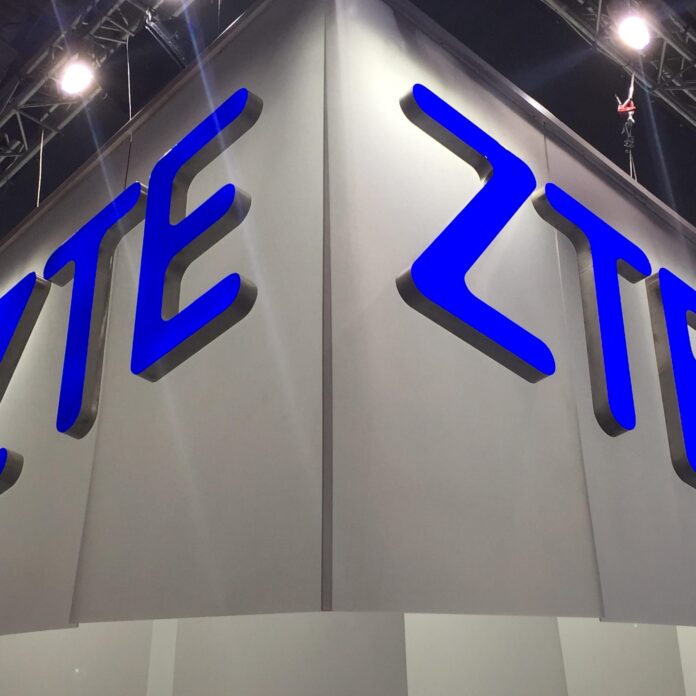ZTE’s Common Core is already helping mobile operators globally to evolve from existing networks to target 5G networks, Jason Tu, principle scientist of NFV/SDN products for ZTE, told RCR Wireless News.
Commenting on the main features of ZTE Common Core and how this technology can help carriers to evolve towards 5G, the executive said that the ZTE Convergent Common Core for 2G/3G/4G/5G fixed network provides a complete, 5G-oriented cloud-native core solution, which can be introduced to build an independent 5G core or upgrade the existing EPC network.
“It is one unified network that can not only work as EPC/EPC+/5GC or any combination of them to support [nonstandalone or standalone 5G], but also adapt fixed access to the 5G Core. It provides the best way to save investment on 4G expansion and smooth evolution to 5G,” Tu said. “With the introduction of 5G and the long-term coexistence of 2G/3G/4G networks, operators are facing the challenge of complex and diverse network architecture and rising costs,” he added.
The executive said that ZTE Common Core offers benefits for operators, end-users and partners. Operators can build a 5G-oriented common network for all generations of access technologies. The network can be working as a standard EPC/EPC+/5GC with fixed access on the unified architecture with minimum costs. The network will allow new 4G and/or 5G services to be developed and generate new revenue for operators.
Meanwhile, end users can have a smooth access to any network to enjoy their services with unified authentication independent of access technologies. Besides, ZTE Common Core will always provide service continuity when handover between any access technologies occurs, the executive said.
Tu also highlighted that ZTE Common Core provides end-to-end network slicing to collaborate with partners to pave the path to 5G.
“ZTE Common Core is based on a full three-layer decoupling architecture which follows standards of NFV/SDN and open-source communities. It is able to smoothly integrate with hardware and software from multiple vendors in the ecosystem such as HP, Dell, Red Hat, and VMware,” he said.
Common Core also reduces capex for existing EPC network upgrades.
“ZTE Convergent Common Core product is not only fully compliant with EPC, but capable of providing new 5GC features. Licenses between 2G/3G/4G/5G/Fixed can be shared or converted flexibly,” the executive explained. “The total migration costs can be saved because it only takes one step to migrate to the target common core network instead of multiple upgrades,” he added.
Common Core also allows telcos to reduce opex due to its simplified network topology, according to Tu. “All network functions apply the unified management topology, the unified user interface, and the unified platform, resulting in a significant reduction in Opex,” he said.
“All network functions in 2G/3G/4G/5G/Fixed can be deployed automatically via intelligent network slicing and cloud native architecture. Operators can shorten time duration of network deployment and speed up the deployment of new services. This improves operational efficiency significantly even for cases of a great number of industry slicing,” he added.
According to the executive, the introduction of artificial intelligence/machine learning and end-to-end network slicing will enable intelligent operation and agile deployment of the network.
ZTE CloudStudio solution is in charge of the end-to-end network slicing management and the Slice/NS/VNF lifecycle management to achieve the orchestration and management of network services. Based on AI technology and an automation software framework, it provides end-to-end CI/CD (continuous integration/continuous delivery) capabilities for telecommunication networks and has large data processing capabilities for telecom operations to achieve full network autonomy without manual intervention.
Through the use of ZTE CloudStudio automatic network slicing solution, operators can reduce the operation and maintenance manpower, while the O&M efficiency can be improved, and the on-line service time to market can be shortened, Tu said.
ZTE Common Core is now conducting a field trial in China’s Guangdong Province and expects to launch its commercial version during the first quarter of 2019.

